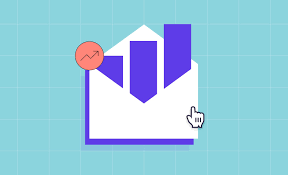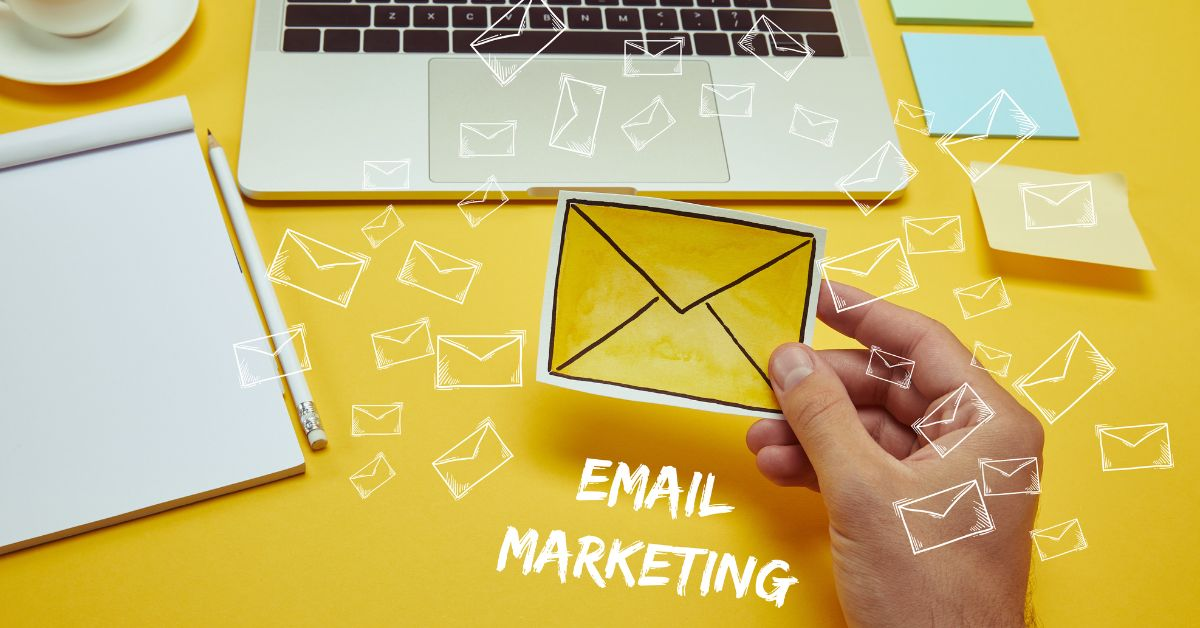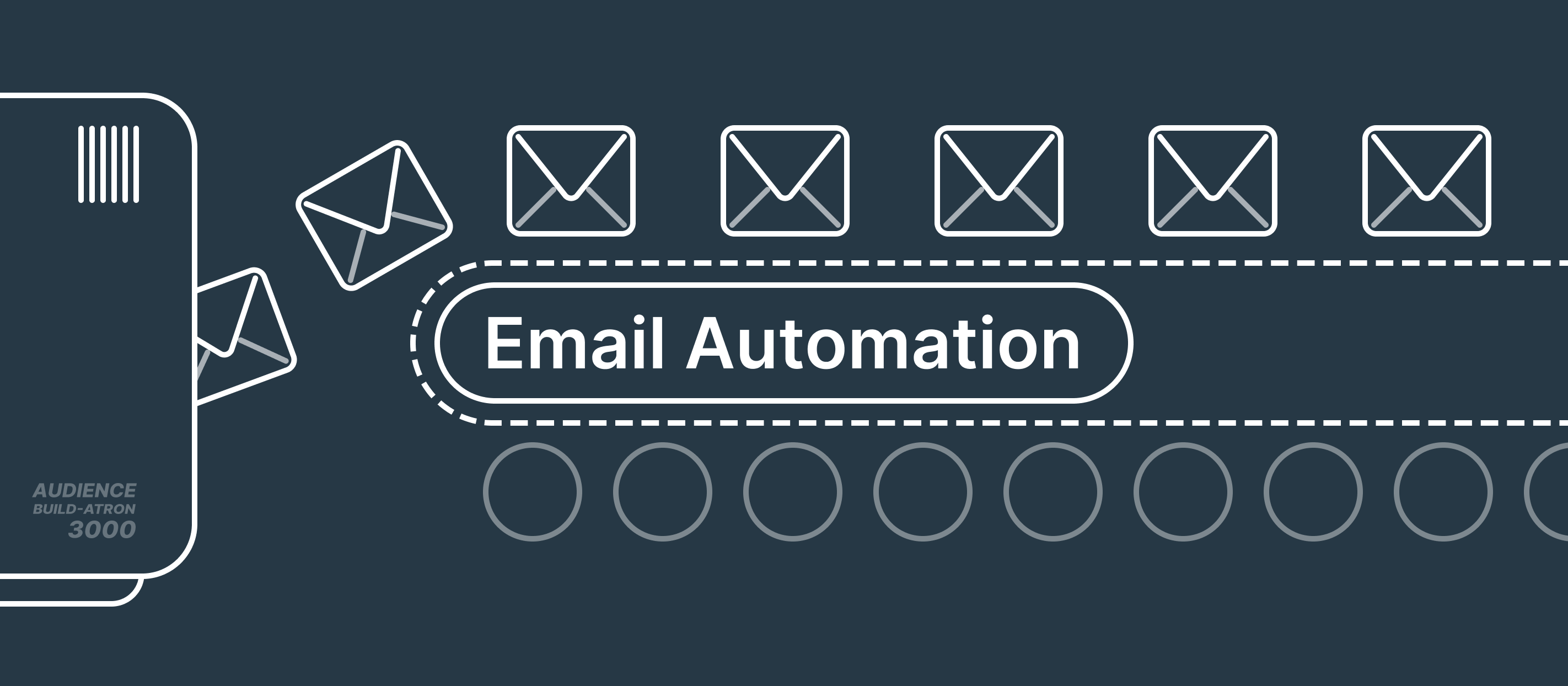High-Converting Email Sequences in 2025: Strategies for SaaS, Startups, and Indie Makers
Did you know that automated email sequences can boost conversions by 27% compared to one-off campaigns? Yet, many email marketers, founders, product builders, tech entrepreneurs, SaaS teams, and indie makers struggle to create sequences that keep subscribers engaged beyond the first email. In 2025, with subscribers demanding relevance and inboxes more competitive than ever, a well-crafted email sequence is your secret weapon to nurture leads, recover lost sales, and build lasting relationships.
This post dives into proven strategies for building high-converting email sequences. You’ll get frameworks, workflows, and real-world examples to create sequences that drive action—whether you’re onboarding new users or re-engaging inactive ones. Tools like MailGlider can simplify the process with no-code templates, but the focus here is on strategy you can apply with any platform. Let’s get started.
Why Email Sequences Matter in 2025
Email sequences—automated series of emails triggered by specific actions or schedules—are the backbone of scalable marketing. They save time, personalize at scale, and guide subscribers toward conversions. In 2025, sequences are critical because:
- Personalization Drives Trust: Tailored emails increase click-through rates by 14%.
- Time-Sensitive Actions Convert: Sequences like abandoned cart emails recover 10–15% of lost sales.
- Consistency Builds Loyalty: Regular, value-packed touchpoints keep your brand top-of-mind.
Here are three frameworks to create sequences that deliver results.
Framework 1: The Welcome Sequence for Onboarding
A welcome sequence sets the tone for your relationship with new subscribers. It’s your chance to introduce your brand, deliver value, and prompt action.
How to Build a Welcome Sequence
- Email 1: Warm Introduction
Purpose: Build trust and set expectations.
Content: Thank the subscriber, share your brand’s mission, and outline what’s coming (e.g., tips, updates). - Email 2: Deliver Value
Purpose: Provide immediate benefit.
Content: Share a free resource, tutorial, or case study relevant to their interests. - Email 3: Drive Action
Purpose: Encourage a conversion (e.g., trial signup, purchase).
Content: Highlight a key feature or offer with a clear CTA.
Workflow
- Define Triggers: Set the sequence to start when someone signs up or joins your list.
- Craft Emails: Write concise, value-focused emails (300–500 words each) with one primary CTA.
- Personalize: Use dynamic tags (e.g.,
{first_name}) to tailor greetings or offers. - Schedule: Space emails 2–3 days apart to avoid overwhelming subscribers.
- Track Metrics: Monitor click-through rates (aim for 2–3% for B2B, 4–5% for B2C) and conversions.
Example: A SaaS startup could create a welcome sequence for new trial users. Email 1 welcomes {first_name} and introduces the product. Email 2 shares a video tutorial on a core feature. Email 3 offers a 10% discount on annual plans. Tools like MailGlider offer pre-built welcome templates to streamline this process.
Pro Tip: Keep subject lines short (under 60 characters) and use curiosity or value-driven phrases like “{first_name}, Your First Step to [Benefit]!”
Framework 2: The Abandoned Cart Sequence for eCommerce
Abandoned cart emails recover lost revenue by reminding users of items left behind. In 2025, urgency and personalization are key to success.
How to Build an Abandoned Cart Sequence
- Email 1: Gentle Reminder (1–2 hours after abandonment)
Purpose: Re-engage with urgency.
Content: Show the abandoned items, add a “Complete Your Purchase” CTA, and offer help. - Email 2: Sweeten the Deal (24 hours later)
Purpose: Incentivize action.
Content: Offer a limited-time discount (e.g., 10% off) or free shipping. - Email 3: Last Chance (48 hours later)
Purpose: Create urgency.
Content: Emphasize scarcity (e.g., “Only 2 left!”) and reinforce the CTA.
Workflow
- Set Triggers: Trigger the sequence when a user adds items to their cart but doesn’t check out.
- Design Emails: Use visuals of the abandoned items and bold CTAs. Ensure mobile responsiveness.
- Personalize: Include
{product_name}or{first_name}in the subject line and body. - Test Timing: Experiment with send times to find the sweet spot for your audience.
- Analyze: Track recovery rates (aim for 10–15% of abandoned carts recovered).
Example: An indie maker selling digital products could use a sequence where Email 1 reminds {first_name} of their abandoned course, Email 2 offers a 15% discount, and Email 3 warns that the offer expires in 24 hours. MailGlider’s visual editor makes it easy to design these emails with drag-and-drop product blocks.
Pro Tip: Test urgency-driven subject lines like “{first_name}, Your Cart Is Waiting!” vs. “Don’t Miss Out, {first_name}!” to boost opens.
Framework 3: The Re-Engagement Sequence for Inactive Subscribers
Inactive subscribers hurt deliverability and engagement. A re-engagement sequence can win them back or clean your list.
How to Build a Re-Engagement Sequence
- Email 1: Check-In
Purpose: Rekindle interest.
Content: Ask why they’ve been inactive and offer a resource or incentive. - Email 2: Offer Value
Purpose: Provide a reason to stay.
Content: Share a new feature, case study, or exclusive content. - Email 3: Final Appeal
Purpose: Prompt action or confirm opt-out.
Content: Offer a last chance to engage or an easy unsubscribe option.
Workflow
- Identify Inactives: Tag subscribers who haven’t opened or clicked in 90 days.
- Craft Emails: Use friendly, conversational copy and clear CTAs (e.g., “Update Preferences” or “Claim Your Offer”).
- Automate: Schedule emails 3–5 days apart.
- Clean List: Remove subscribers who don’t engage after Email 3 to maintain list health.
- Monitor Metrics: Aim for a 5–10% re-engagement rate and keep unsubscribe rates below 0.5%.
Example: A tech entrepreneur could send a re-engagement sequence to inactive app users. Email 1 asks, “{first_name}, Miss Us?” with a survey link. Email 2 shares a new feature demo. Email 3 offers a discount or unsubscribe option. MailGlider’s templates can help you build this sequence quickly.
Pro Tip: Use a preference center in Email 3 to let subscribers choose their email frequency, reducing unsubscribes.
Template: Welcome Sequence Email 1
Here’s a plug-and-play template for the first email in a welcome sequence:
Subject Line: Welcome, {first_name}! Here’s What’s Next
Preheader: Get started with [Your Brand] and unlock [benefit].
Header: Welcome to [Your Brand]!
Body:
Hi {first_name},
Thanks for joining us! At [Your Brand], we’re all about [mission or value]. Over the next few days, we’ll share tips and resources to help you [achieve goal].
What to Expect:
- Day 1: A free [resource/tool] to get you started.
- Day 3: A quick tutorial on [key feature].
- Day 5: A special offer just for you.
CTA: Explore [Your Product] Now
Footer: Questions? Reply or email us at [support email].
This template can be customized in any email platform or with MailGlider’s no-code editor for quick personalization.
Best Practice Checklist for Email Sequences
Before launching your sequence, ensure:
- Clear Triggers: Align triggers with subscriber actions (e.g., signup, cart abandonment).
- Concise Content: Keep emails under 500 words with one primary CTA.
- Mobile-Friendly Design: Test rendering on mobile and desktop.
- Personalization: Use dynamic tags for relevance.
- Compliance: Include unsubscribe links and verify SPF/DKIM/DMARC settings.
- Analytics: Track CTR and conversions to optimize performance.
Conclusion: Start Small, Win Big
Email sequences are your ticket to scalable, high-converting marketing in 2025. Whether you’re onboarding new users, recovering lost sales, or re-engaging inactive subscribers, the frameworks above provide a roadmap to success. Start with one sequence—perhaps a welcome series—and build from there. Tools like MailGlider can streamline the process with pre-designed templates and a no-code editor, but the real power lies in your strategy. Craft emails that deliver value, respect your subscribers’ time, and watch your conversions soar.
Action Step: Pick one sequence from this post, map out your emails, and launch it this week. Your subscribers are waiting.



